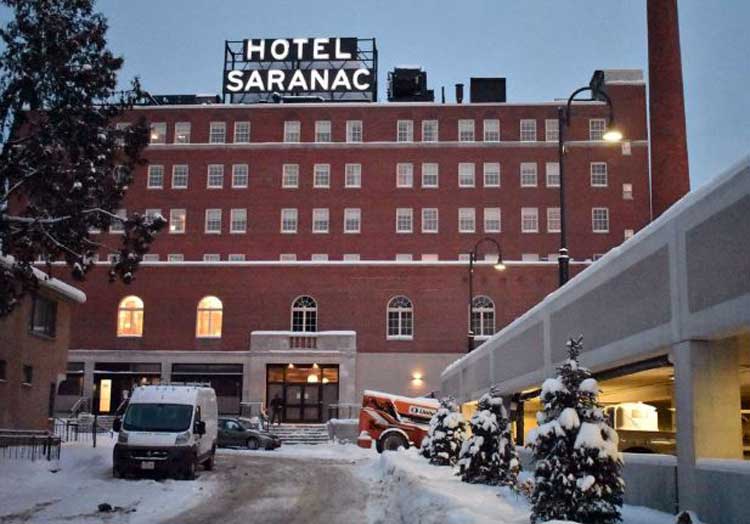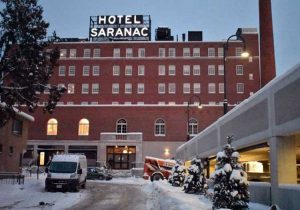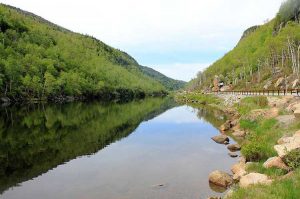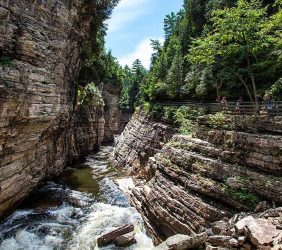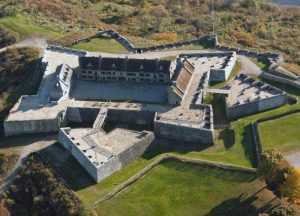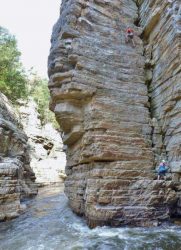RESGroup, as part of a consultant team with Ernst & Young (“EY”), was engaged by Empire State Development (“ESD”) to study sustainable lodging development opportunities in the Adirondacks and Thousand Islands regions of New York State to increase tourism and create jobs for local residents. These regions, collectively the North Country of New York State, have historically been challenging areas for lodging development, despite having numerous, high-quality tourist attractions both man-made and natural.
Our work involved understanding the dynamics of current and future lodging demand and providing recommendations for additional lodging development and investment to increase tourism spending and leverage investments in existing venues and demand generators. A holistic approach was utilized, recognizing the importance of potential economic and social benefits to the local communities such as increased jobs and enhanced infrastructure as well as commercial success factors.
RESGroup was responsible for the Adirondack (“ADK”) region, where we conducted extensive fieldwork to understand the current conditions, opportunities, obstacles and potential projects under consideration by developers and property owners. Existing and potential lodging markets throughout the ADKs were evaluated, and key regional stakeholders (hotel developers, tourist attractions, recreational and cultural venues, regional authorities, etc.) were interviewed. Major hotels/motels were also inspected, and existing tourism infrastructure was identified and evaluated. This data was compared with interviews of lodging industry investors, including developers, operators, lenders, and owners, and the various lodging markets were then ranked based on their desirability to the hotel investment community.
Because these areas are emerging markets, they will require public incentives to offset the cost of construction. We identified public sources of financing and provided a strategy to selecting developers and identifying proposals.
The ADKs are well-positioned for increased tourism given current travel trends. Health conscious travel is on the rise, and wellness facilities are including more recreational activities like hiking and biking in their offerings. Cold-weather destinations during the winter are also increasingly in demand. Travelers are not only seeking a broader range of winter sports, expanding beyond alpine skiing to include Nordic skiing, snow shoeing, skating, and dog sledding, but are also searching out cultural events like winter and ice festivals. Multigenerational travel is also increasing, with attractions like the Wild Center and Adirondack Experience well positioned to capitalize on this trend. Eco-tourism and glamping also have high potential in the ADKs, as remote locations and environmental regulations provide challenges to infrastructure improvements. These trends were all considered in our analysis and assisted in understanding the true potential of future lodging opportunities in the North Country, allowing us to make recommendations and to rank the potential for lodging opportunities and funding strategies.
